The philosophy shift starts with ditching two novel features that were unique to the previous V phones: the removable battery and the second screen. While their usefulness was debatable, they definitely gave the earlier V phones some identity, and there will certainly be a faction of LG fans who rage-tweet about the loss.
But for everyone else, the V30 could be the best phone of the year. The competition is fierce with the Note 8 and Pixel 2, not to mention the iPhone 8 if we’re talking about the entire phone universe. But LG has built a compelling phone that looks good, runs fast, and still manages to deliver features you won’t find on any other smartphone.
Lean and mean design
To look at it, you wouldn’t know the V30 is a follow-up to the V20. It takes most of its design cues from the G6, with thin bezels all around, and rounded corners on the display. Its chin is so thin, in fact, LG had to put its logo on the back for the first time (not that I’m complaining).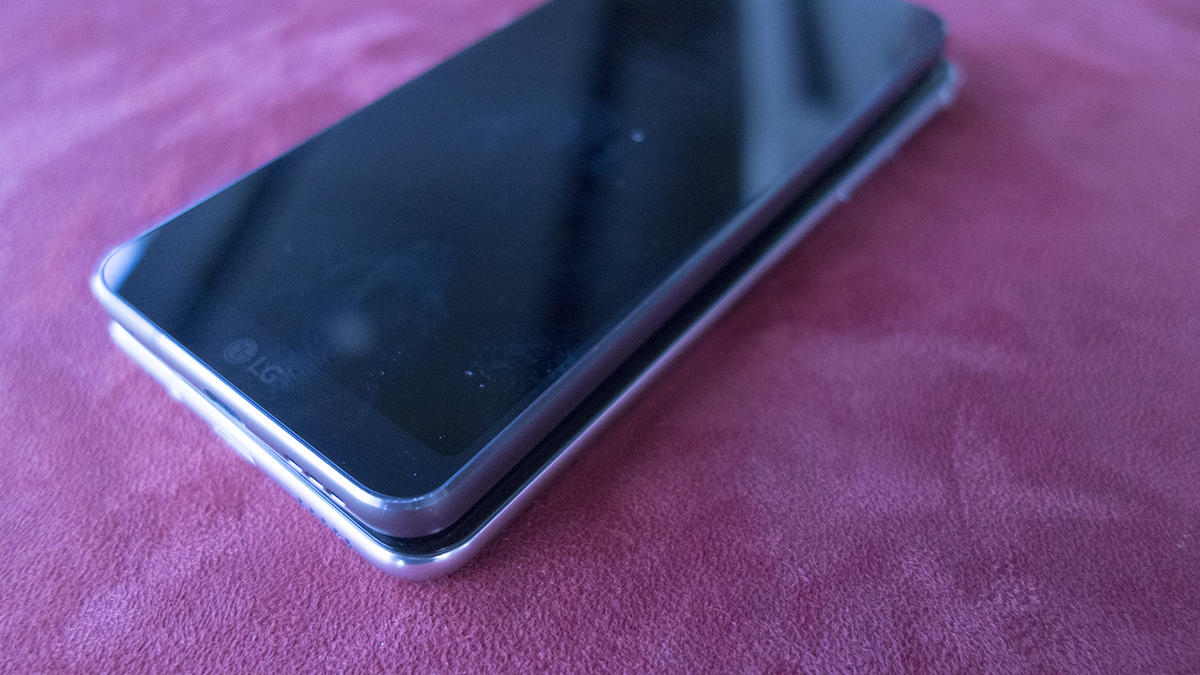 Michael Simon/IDG
Michael Simon/IDG But even with the larger screen, the V30 is quite a bit smaller than the V20—151.7mm x 75.4mm versus the V20’s 159.7mm x 78.1mm dimensions. For this, we can thank the V30’s 18:9 aspect ratio and slimmer bezels. It’s easy to hold and operate with one hand, and strikes a nice sweet spot (size-wise) between the 5.8-inch Galaxy S8 and 6.3-inch Note 8. The V30’s sides are a bit more rounded than the G6’s, but otherwise, it’s quite similar, with identical port, button, and speaker placement.
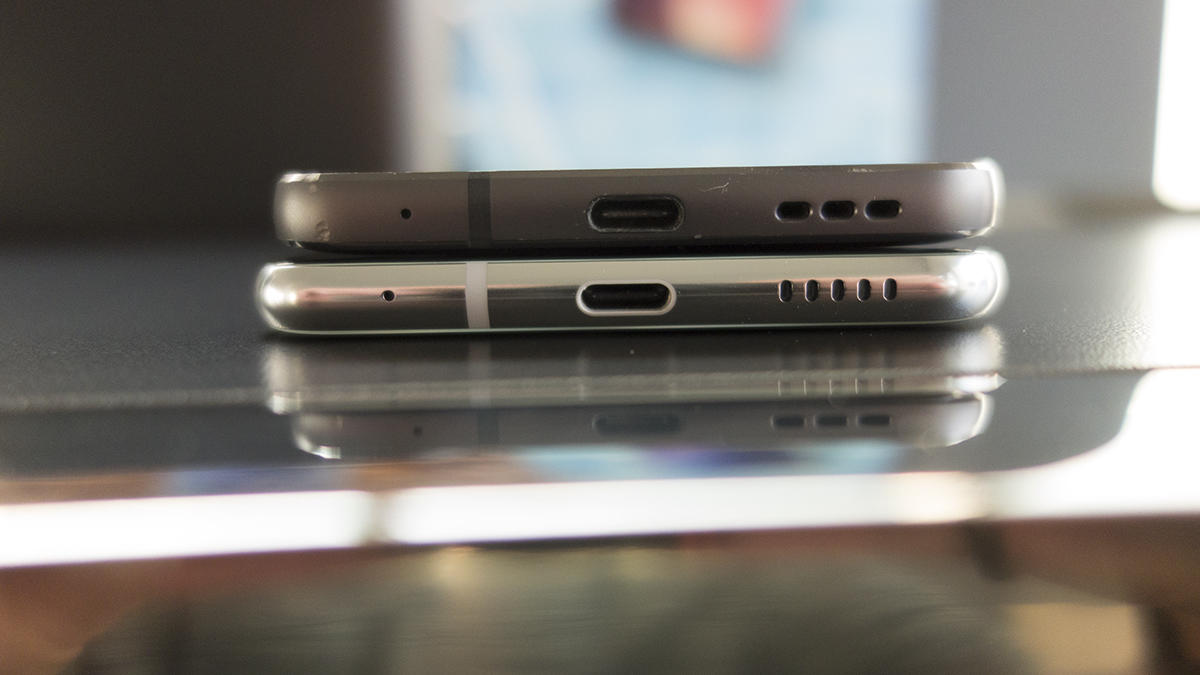 Michael Simon/IDG
Michael Simon/IDG Packed with premium components
The inside of the V30 is just as impressive as the outside. There’s a top-of-the-line Snapdragon 835 chip, 4GB of RAM, 64GB or 128GB of storage, and a 3,300mAh battery. Like the V20, you also get 32-bit quad DAC for true hi-fi streaming, along with a pair of high-performance microphones. The upgraded DAC is more customizable with four sound presets, and if you subscribe to a service that streams master quality authenticated (MQA) sound files, the V30 will actually be able to play them.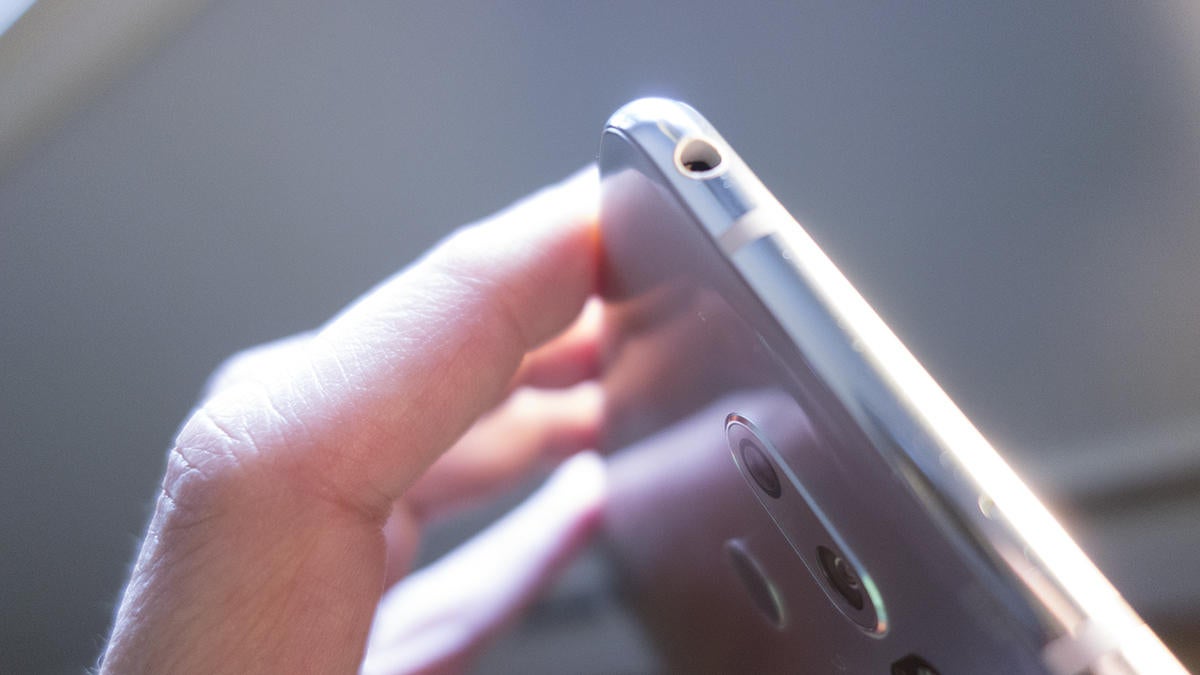 Michael Simon/IDG
Michael Simon/IDG There’s also a new photo service called Graphy that lets you see how stellar images are shot, and then borrow their settings for your own photos. For example, if you’re trying to photograph a sunset, you can select one in the Graphy gallery right in the camera app, and it will automatically import the same ISO, white balance, and exposure settings into your camera.
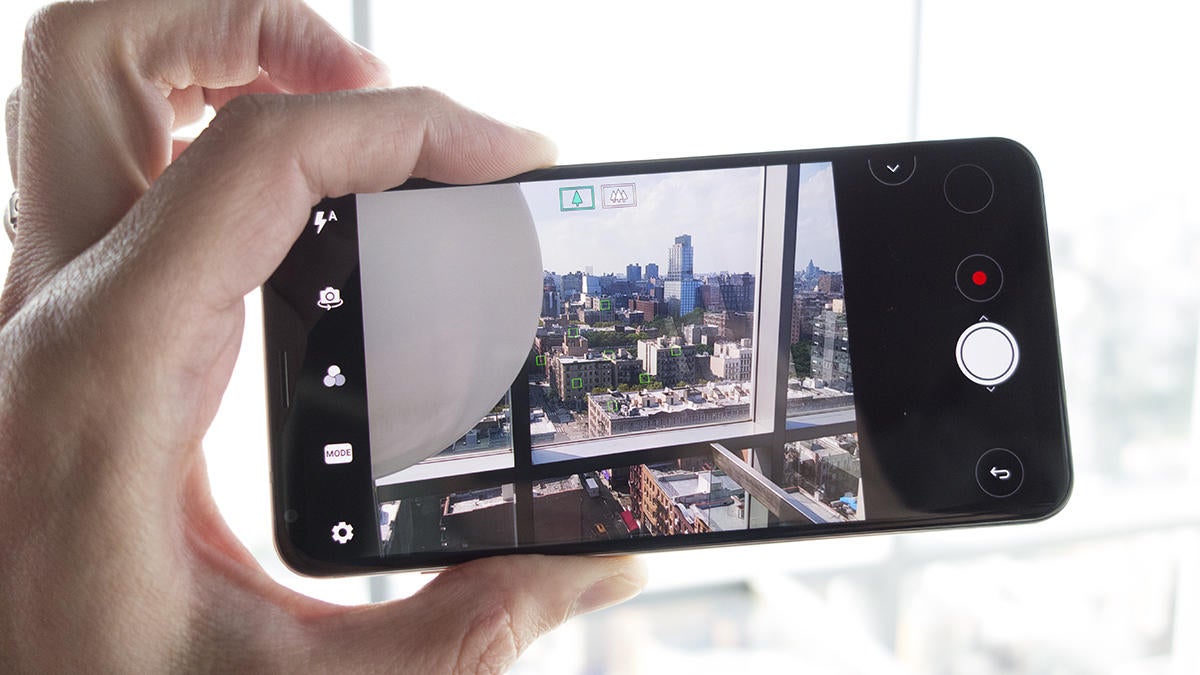 Michael Simon/IDG
Michael Simon/IDG And the video tricks don’t end there. With Point Zoom, you can lock in on a subject, and the video camera will stay focused and steady on the subject as you zoom in on it. Once you’re done shooting, you can stay right on your phone to finish your project. LG’s new Quick Video Editor brings the ease of Apple’s iMovie to Android, letting you combine photos and videos, trim clips, apply themes, and add text and music to your project right on the V30.
No Oreo
The pre-production unit I got to play with was running Android 7.1.2. It’s the latest version of Nougat and is newer than the 7.0 version that’s still on the G6. However, last year’s V20 was the first Nougat phone in the wild (it arrived even before the Pixel), so it’s a bummer that the V30 won’t be running Oreo out of the box.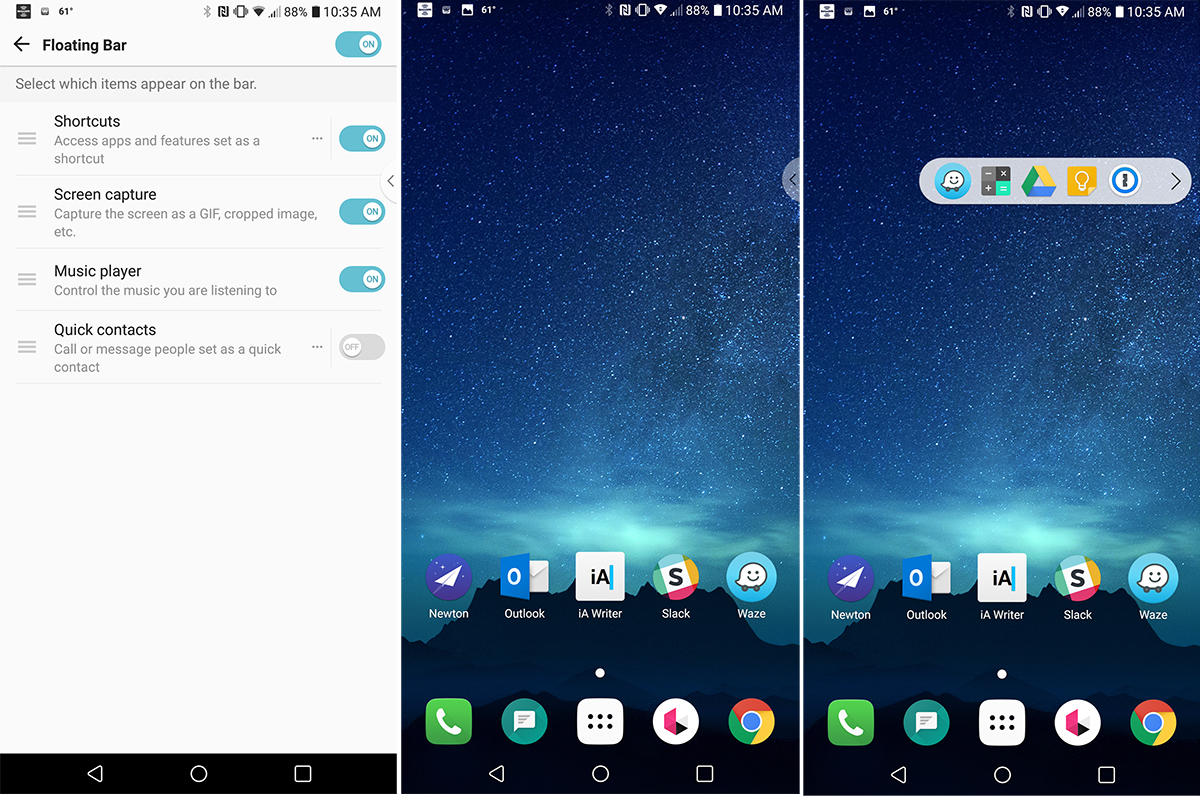 Michael Simon/IDG
Michael Simon/IDG V series enthusiasts may see the floating bar as a cheap imitation, but it does well to deliver the same functionality—app shortcuts, music controls, favorite contacts—in a less-obtrusive way. Like Samsung’s Edge Panel, it hangs out on the side of the screen, and you can easily move it where you’d like or disable it all together.
There are also new biometric methods for unlocking the phone: vocal and facial recognition (though LG actually warns about their security in the settings). Vocal recognition is a cool concept, and is unique to V30: Much like with Google Assistant, you train the phone to recognize a personal wake word that will trigger the unlock.
But should you ever utter your wake word in public? What's to stop you from unlocking someone else's V30 by playing a simple audio recording of their wake word from another phone? So unless LG is preparing some serious security enhancements for the final release, it could be more gimmicky than legit.
 Michael Simon/IDG
Michael Simon/IDG Stiff competition
LG is entering an extremely crowded market with the V30, what with the Galaxy Note 8, Essential Phone, Pixel 2, and iPhone 8 all arriving around the same time. But the V30 still checks off all the right boxes: big screen, small body, speedy chip, and loaded camera.If anything, the V30’s success may depend on two things we don’t know: price and availability. If the price is right—and rumors say it will start at a palatable $700—it could pose a formidable challenge to the Note 8 and the Pixel 2.






কোন মন্তব্য নেই:
একটি মন্তব্য পোস্ট করুন